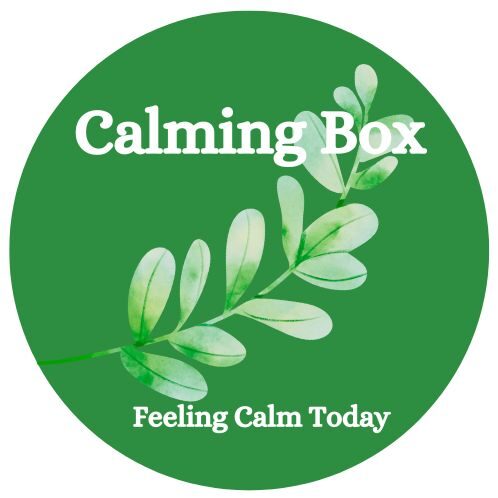Embracing your body as an ally is practicing self-compassion and body kindness. Healing is not always a linear process, and there will be setbacks. Be gentle with yourself. Be gentle with judging other people’s bodies.Or comparing, this is a disservice to you and to them.Celebrate small victories.Did you walk from your car today?
Feeling Comfortable in Your Own Skin Instead of Sacrificing Yourself for Others
This constant compromising creates feelings of resentment and frustration. Bottling up our own needs and desires can create a simmering inner conflict that erodes our self-esteem.
People Pleasing
People pleasing is exhausting and never ending : When setting boundaries, communicate your needs clearly and respectfully. This may help reduce potential conflict and increase the likelihood that others will respect your boundaries, even if they don’t like them.
Your Healthy Body for Strong Emotional Health
Our bodies signal when something is amiss emotionally. Physical symptoms such as headaches, muscle tension, stomach problems, and fatigue can be early warning signs of emotional distress. By paying attention to these signals, we can address issues before they escalate.
Warning Signs of a Toxic Relationship
Ultimately, you deserve a relationship that fosters mutual respect, trust, and happiness. By being aware of these toxic signs, you can take proactive steps towards building a healthier, more fulfilling relationship.
Build your calming box foundation of peace for better health emotionally and physically.
Toxic Realtionships Calming Box breaks it down for you to easily understand Toxic Relationships cause relentless anxiety. Here is how this happens.
Inconsistent behaviour in a relationship keeps you powerless and frozen
The Web of Deception: Why Narcissists Create Untruths and Rumours
It’s sad but good to know the truth about you. Which is that you are fine but will struggle living with a person waging war on you and the family.
Saying that you were the one who lied and cheated, manipulated, cheated
You are crazy and have mental health problems
You have an addiction to drugs gambling
You are jealous and bitter
You are neglectful
You are professionally incompetent and lack integrity
Breaking Free from the Grip of Worry
One of the most common variations of worry is its guise as a form of control—a way to avoid change or admit powerlessness over a situation. When we worry, we convince ourselves that we’re doing something about the matter at hand, even though, in reality, worry is merely a passive response, a futile attempt to exert control over the uncontrollable. Humans want to manage the unknown as best they can, but at what cost?
Navigating Close Relationships as a Man
It’s okay to let go of coping mechanisms that don’t serve you and lead to depression ultimately. Take a step today to make a plan with a new friend or an old friend. It’s not a reflection on you, if they don’t reach out. Keep going to find your peace and joy by working on existing relationships and inviting in new ones.
Finding Peace: Navigating Work-Life Balance As A Man
Remember, finding balance is not a destination but a daily practice of honouring your needs and values. You deserve a life filled with fulfilment, joy, and well-being. Keep building your sustainable foundation of calm using your tool box and embrace your beautiful life. Keep going. You are amazing just the way you are as you grow and learn every day.
